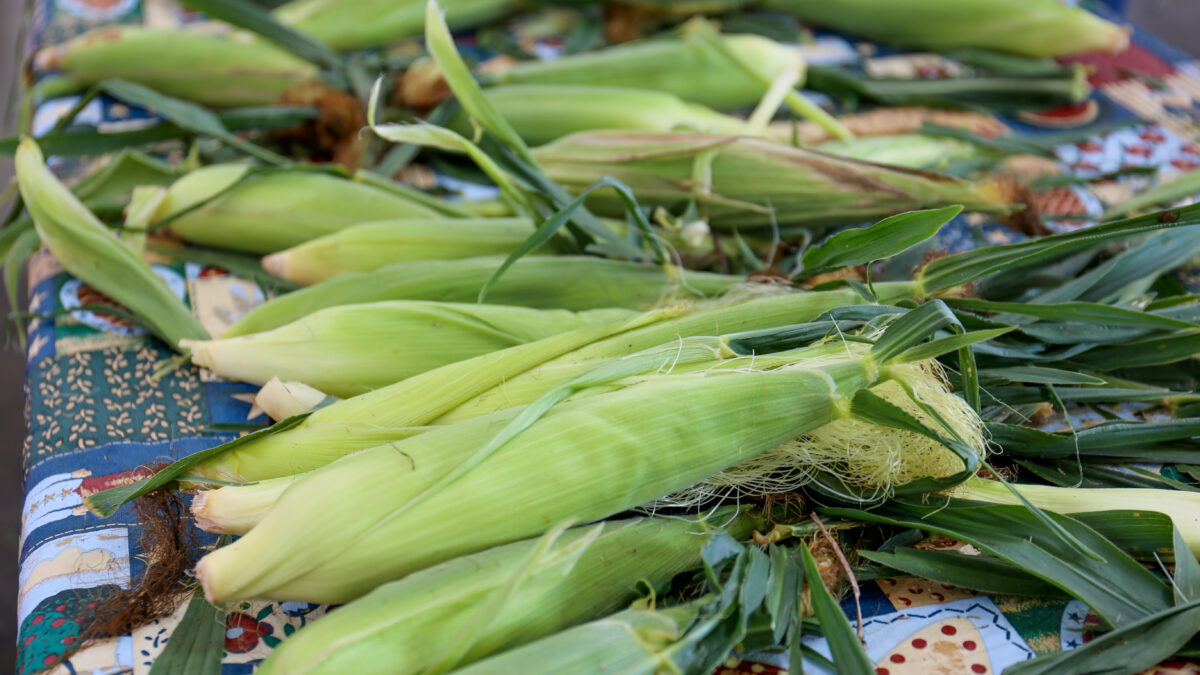June Acreage Report Shows Sharp Decrease in Corn Planted Area from March Intentions
TOPICS
USDAShelby Myers
Economist

photo credit: Tennessee Farm Bureau, Used with Permission
Shelby Myers
Economist
Following USDA’s March Prospective Plantings report, USDA’s June 30 Acreage report updated acreage expectations for the upcoming crop year. For the 2020/21 crop year, USDA now estimates corn planted area at 92 million acres, 3%, or 2.3 million acres, above prior-year levels. The revision is 5 million acres lower from March intended planting projections of 97 million acres, which was expected to lead to a record amount of corn production. Pre-report estimates had been calling for a reduction of 1.8 million acres, to 95.2 million acres of corn. Iowa leads the way in corn acres planted with 14 million acres, an increase of 4% compared to 2019. Illinois follows with 10.9 million acres of corn planted, up 4% from 2019, and Nebraska planted 9.8 million acres, down 3% from 2019. With 3.4 million acres, Ohio is expected to have the largest increase, 29%, in corn planted in 2020 compared to 2019. South Dakota follows with an increase of 24% in corn planting for 2020 compared to 2019 and Washington increases 18% in 2020 compared to 2019 corn planting.
Figures 1 and 2 highlight USDA’s corn acres planted and the year-over-year change from 2019.


Pre-report estimates from analysts anticipated soybean acreage to rise 1.2 million acres from March intentions, from 83.5 million acres to 84.7 million acres. USDA estimated soybean planted acres to be 83.8 million acres, up 7.7 million acres, or 10%, from 2019, but slightly lower than March intentions. Soybean acres are on the rebound from plantings in 2019, which was one of the lowest production years since 2013. Soybean planting for 2020 is expected to bounce back in 24 of 29 states. Illinois leads the country in planted soybean acres with 10.4 million acres, an increase of 5% compared to 2019. Iowa follows with 9.4 million acres of soybeans planted, up 2% from 2019. Minnesota has an estimated 7.4 million acres of soybeans planted, which is up 8% from 2019. Texas has the largest year-over-year increase in soybeans planted, up 69% in 2020 compared to 2019. South Dakota follows with an increase of 49% from 2019 to 2020, while Michigan increased soybean planted acres by 31% for 2020.
Figures 3 and 4 highlight USDA’s soybean acres planted and the year-over-year change from 2019.


Last Minute Shifts
When USDA first reported the results of the March Prospective Planting survey, which put corn acres at 97 million, speculation stirred as the implications of a crop that large were considered. Anticipated reduced ethanol demand due to COVID-19 threatened to push corn ending stocks for the 2019/20 marketing year higher and record corn production threatened to bump 2020/21 ending stocks above 3 billion bushels. The June Acreage report indicates farmers shifted away from corn planted acres, but as soybean expectations are nearly unchanged, it’s unclear what they shifted to. USDA reports a total of 311 million acres of principal crops planted for 2020, compared to 302 million in 2019 and 319 million acres of principal crops in 2018.
When compared to the March Prospective Planting report, Utah and Oklahoma had the largest increase in corn acres planted, 19% and 5%, respectively, while North Dakota and Mississippi had the largest decrease in expected corn acres, -25% and -23%, respectively. For soybeans, from March to June, Alabama and Texas had the largest increase in soybean planted acres, up 19% and 17%, respectively. Maryland and North Dakota both experienced a decrease in soybean planted acres, down 11% and 9% respectively.
Figures 5 and 6 display the changes from the March Prospective Plantings report to the June Acreage report, highlighting where planting decision changes occurred.


Summary
USDA currently projects corn acres at 92 million, up 3% from prior-year levels, and soybean acres at 83.8 million, up 10% from 2019. After historic flooding and delayed planting in 2019, farmers were counting on 2020 as a year to recover. However, repercussions of COVID-19 and its impacts on the farm economy, as well as the national economy, have weighed down the rebound producers were looking forward to.
As the summer progresses with hopes of favorable weather, the growing season is on track for good to excellent yields and the massive crop supplies that would come with them. Farmers can only bounce back as much as prices do, and that requires a big bump to demand levels, which is as uncertain as everything these days – except for the seemingly perfect growing weather.